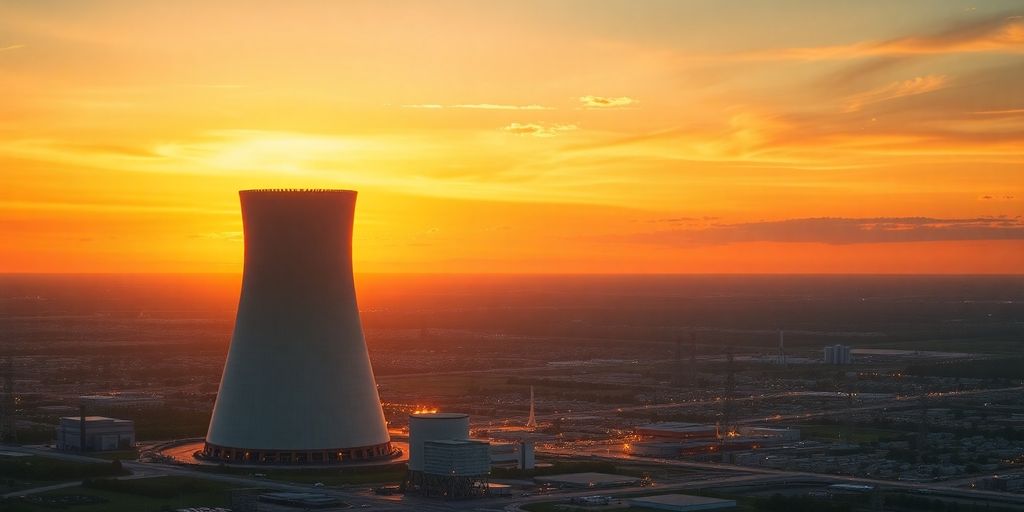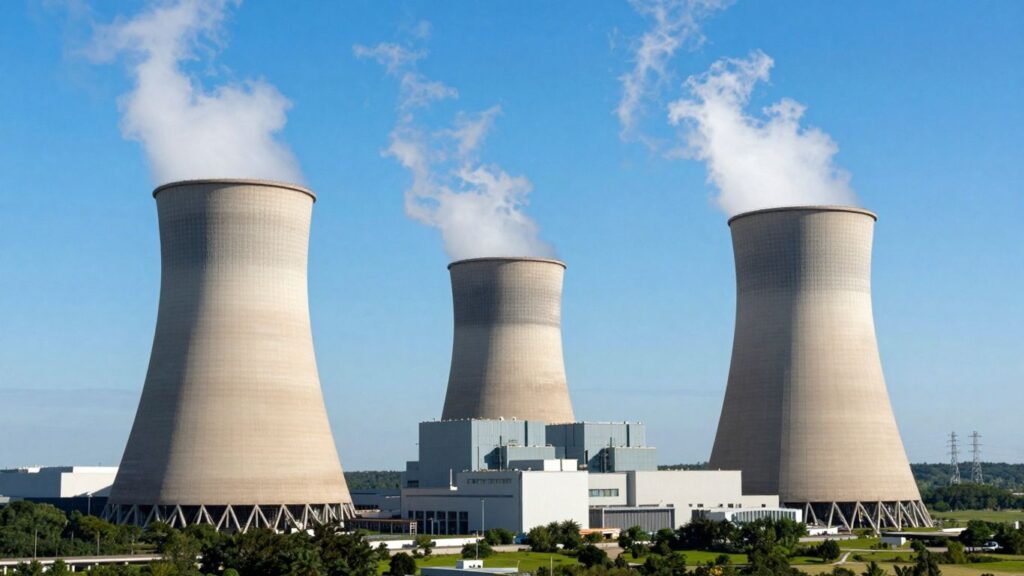The global energy landscape is undergoing a significant transformation, with nuclear power re-emerging as a critical component in the drive for decarbonization and energy security. Fueled by geopolitical events and climate change imperatives, nations are increasingly turning to nuclear energy, bolstering the uranium market and its associated industries.
Key Takeaways
- Nuclear power is gaining traction as a climate change solution, supported by policies like the U.S. Inflation Reduction Act and its classification as a "transition activity" under the EU Green Taxonomy.
- Europe’s energy crisis, stemming from reduced Russian gas supplies, is prompting a renewed focus on energy security, potentially leading to uranium stockpiling and increased demand for enrichment services.
- While concerns about nuclear waste persist, the industry has developed proven methods for safe transport, storage, and disposal, with ongoing technological advancements aimed at further reducing waste.
- Despite inflationary pressures on the broader mining sector, the uranium industry benefits from long-term contracts and inflation-hedging mechanisms, ensuring cost stability.
- The Asia-Pacific region, particularly China and Japan, is poised for significant growth in nuclear energy adoption, driven by energy security needs and climate targets.
Nuclear Power’s Green Renaissance
The urgent need to decarbonize the global economy, coupled with rising energy demands, has spurred a resurgence of interest in nuclear power. The International Energy Agency (IEA) suggests that the nuclear sector must double in size over the next two decades to meet net-zero emissions goals. Policy initiatives, such as the U.S. Inflation Reduction Act, are expected to boost investment in the uranium sector by providing production tax credits and technology-neutral credits that place advanced nuclear energy on par with other zero-carbon sources. Furthermore, the EU’s classification of nuclear technologies as "transition activities" under its Green Taxonomy is set to enhance investor confidence.
Europe’s Energy Security Imperative
Russia’s reduction of gas supplies through the Nord Stream pipeline has plunged Europe into an energy crisis, prompting governments to seek alternative and reliable energy sources. Nuclear power is being promoted as a clean energy alternative that enhances energy independence. The ability to store uranium as a strategic reserve further bolsters energy security. France, a long-standing proponent of nuclear energy, accounts for a significant portion of the EU’s uranium demand. The ongoing geopolitical tensions have also led to considerations of sanctions on Russian uranium imports, which constitute a notable percentage of global supply and enrichment capacity, potentially tightening the market further.
Asia-Pacific’s Growing Nuclear Ambitions
The Asia-Pacific region is a key growth area for the nuclear industry. Countries like Japan are aiming to re-establish nuclear power as a significant part of their energy mix to meet climate targets and enhance energy security, especially after the Fukushima disaster. China, in particular, has an ambitious nuclear program, planning to construct a substantial number of new reactors, which could position it as the world’s largest nuclear power producer.
The Crucial Role of Uranium Enrichment
Uranium enrichment is a vital step in preparing uranium for use as nuclear fuel. The global enrichment market is adapting to increased demand, with companies planning reinvestments in plant capacity. Potential disruptions to Russian uranium enrichment supply could lead to increased utilization of capacity in other regions, such as the U.S. and Europe.
Addressing Structural and Contingent Risks
Concerns regarding nuclear waste are being addressed through industry-developed, safe, and technologically proven methods for transport, storage, and disposal. The amount of waste generated by nuclear power is significantly less than that of other thermal power sources. While inflation impacts the broader mining sector, the uranium industry is somewhat insulated due to long-term contracts with utilities, which often include inflation-hedging mechanisms. The cost-effectiveness of In Situ Leach (ISL) mining also contributes to cost control.
Investing in the Nuclear Sector
Given the complexities of investing directly in uranium, exchange-traded funds (ETFs) that track the uranium industry offer a way to gain diversified exposure to miners, refiners, and component manufacturers. These ETFs can serve as portfolio diversifiers due to the unique nature of the uranium business.












